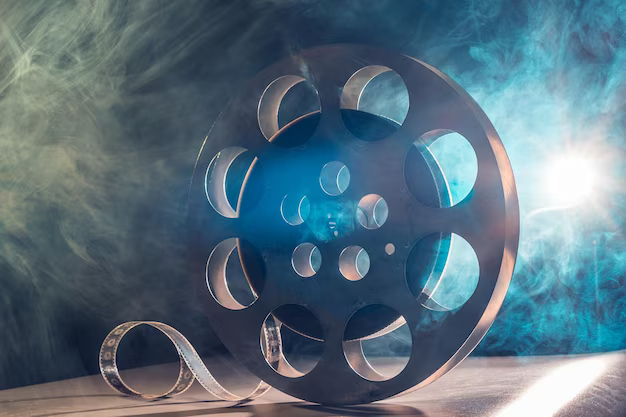
With the advancement of technology, 3D movies have become a popular choice for filmmakers to create immersive and visually stunning cinematic experiences. In this comprehensive and detailed article, we will guide you through the process of making a movie in 3D. From pre-production to post-production, we’ll cover everything you need to know about creating a captivating 3D film. Whether you’re a seasoned filmmaker or an aspiring director, this guide will equip you with the knowledge and techniques to bring your 3D vision to life.
Pre-production Phase
Conceptualize Your Idea
- Develop a unique and engaging story concept that is suitable for a 3D experience.
- Consider how 3D can enhance the storytelling and immerse the audience in the narrative.
Plan the Production
- Create a detailed script, focusing on scenes that can take full advantage of 3D visuals.
- Collaborate with the production team to design 3D shots and sequences that enhance the storytelling.
Gather the Right Equipment and Team
- Acquire 3D cameras and related equipment suitable for your budget and project requirements.
- Assemble a talented and experienced team including cinematographers, stereographers, and 3D specialists.
Budgeting and Financing
- Estimate the costs associated with shooting in 3D, considering additional expenses for equipment, post-production, and conversion if required.
- Seek funding through investors, grants, or crowdfunding to support your 3D movie project.
Production Phase
Camera Setup and Shooting Techniques
- Familiarize yourself with the 3D camera system and its technical specifications.
- Utilize 3D shooting techniques such as convergence, interaxial distance, and depth of field to achieve desired effects.
Lighting and Set Design
- Adapt your lighting setup to account for the 3D environment, ensuring proper illumination and minimizing potential visual issues.
- Collaborate with the production designer to create sets that enhance the depth and visual appeal of the 3D space.
Collaboration and Communication
- Maintain clear communication with the 3D team, including stereographers, cinematographers, and production crew.
- Continuously review and assess the footage to ensure the 3D elements are captured accurately.
Post-production Phase
3D Data Transfer and Organization
- Transfer the 3D footage from the cameras to the post-production system, ensuring proper organization and backup of the files.
- Create a streamlined workflow for handling and processing the 3D data throughout post-production.
Stereoscopic Editing and Compositing
- Use specialized software for stereoscopic editing and compositing to align the left and right eye views and enhance the 3D effects.
- Fine-tune the depth and convergence to achieve the desired visual impact.
Visual Effects and Color Grading
- Integrate visual effects seamlessly into the 3D environment, enhancing the immersive experience.
- Apply color grading techniques that complement the 3D visuals and enhance the overall cinematic appeal.
Sound Design and Mixing
- Create a rich and immersive sound mix that complements the 3D visuals and enhances the overall cinematic experience.
- Ensure proper spatial audio placement to further immerse the audience in the 3D world.
Key Phases of Making a 3D Movie
| Phase | Key Activities |
|---|---|
| Pre-production | Conceptualizing, planning, budgeting, and team assembly |
| Production | Camera setup, shooting techniques, lighting, and collaboration |
| Post-production | 3D data transfer, stereoscopic editing and compositing, visual effects, color grading, and sound design |
Essential Considerations for Making a 3D Movie
Pre-production Considerations:
- Unique story concept suitable for 3D.
- Detailed script with 3D-enhancing scenes.
- 3D camera system and equipment.
- Talented team including stereographers and 3D specialists.
Production Considerations:
- Familiarity with 3D camera setup and shooting techniques.
- Lighting setup adapted for the 3D environment.
- Collaborative communication with the 3D team.
Post-production Considerations:
- Proper transfer and organization of 3D footage.
- Specialized software for stereoscopic editing and compositing.
- Integration of visual effects and color grading for 3D enhancement.
- Immersive sound design and mixing for the 3D experience.
Creating a movie in 3D requires careful planning, technical expertise, and a creative vision. By following this comprehensive guide, you’ll be equipped with the knowledge and techniques to embark on your 3D filmmaking journey. From pre-production to post-production, consider each phase’s essential considerations and collaborate with a skilled team to bring your 3D movie vision to life. Embrace the immersive possibilities of 3D technology and captivate audiences with a visually stunning and captivating cinematic experience.